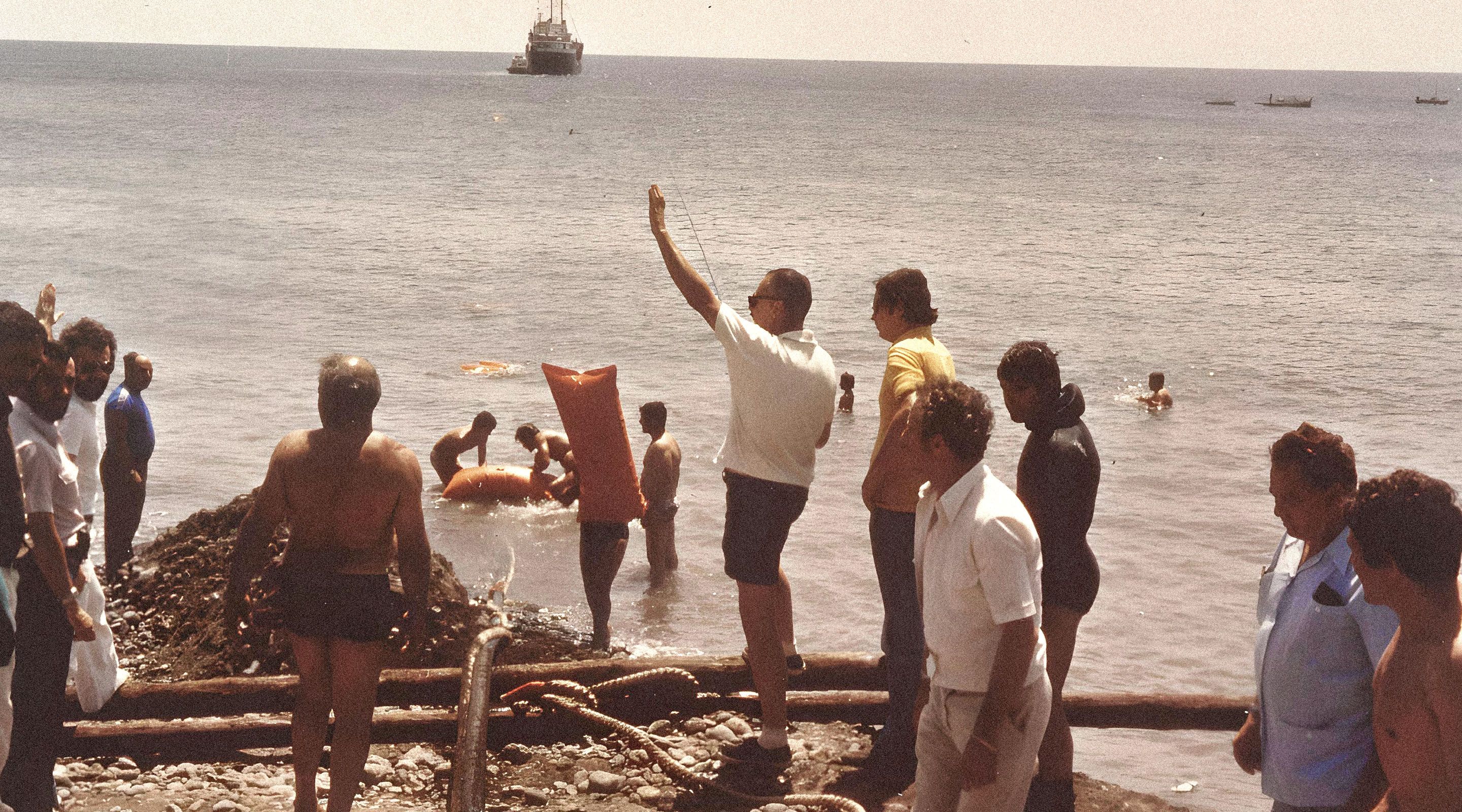
1983
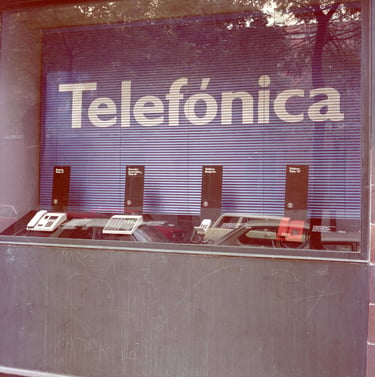
The milestone of paying in shops without having to carry cash is now becoming a reality. The first dataphones, installed on the modern Teide model, place Spain at the forefront of Europe in the transformation of the banking sector.
Beware of sharks!
We have already seen, at many other points in history, that submarine cables are a solution implemented by Telefónica from the beginning to complement and reinforce its international communications. The deployment of cable under the sea, as on land, was adapting to the technologies available, and 1983 was an important milestone in this respect. Deployment of OPTICAN I, the first submarine fibre optic cable, begins. It would be installed with repeaters in deep waters between Gran Canaria and Tenerife, by the American giant AT&T. In the first tests of the OPTICAN I, the technical team faced an unexpected problem: a shark attacked the cable and even got a tooth stuck in the plastic casing. The cable was damaged, but the experts learned a lesson for the future: the underwater cable has always been covered with steel ever since.
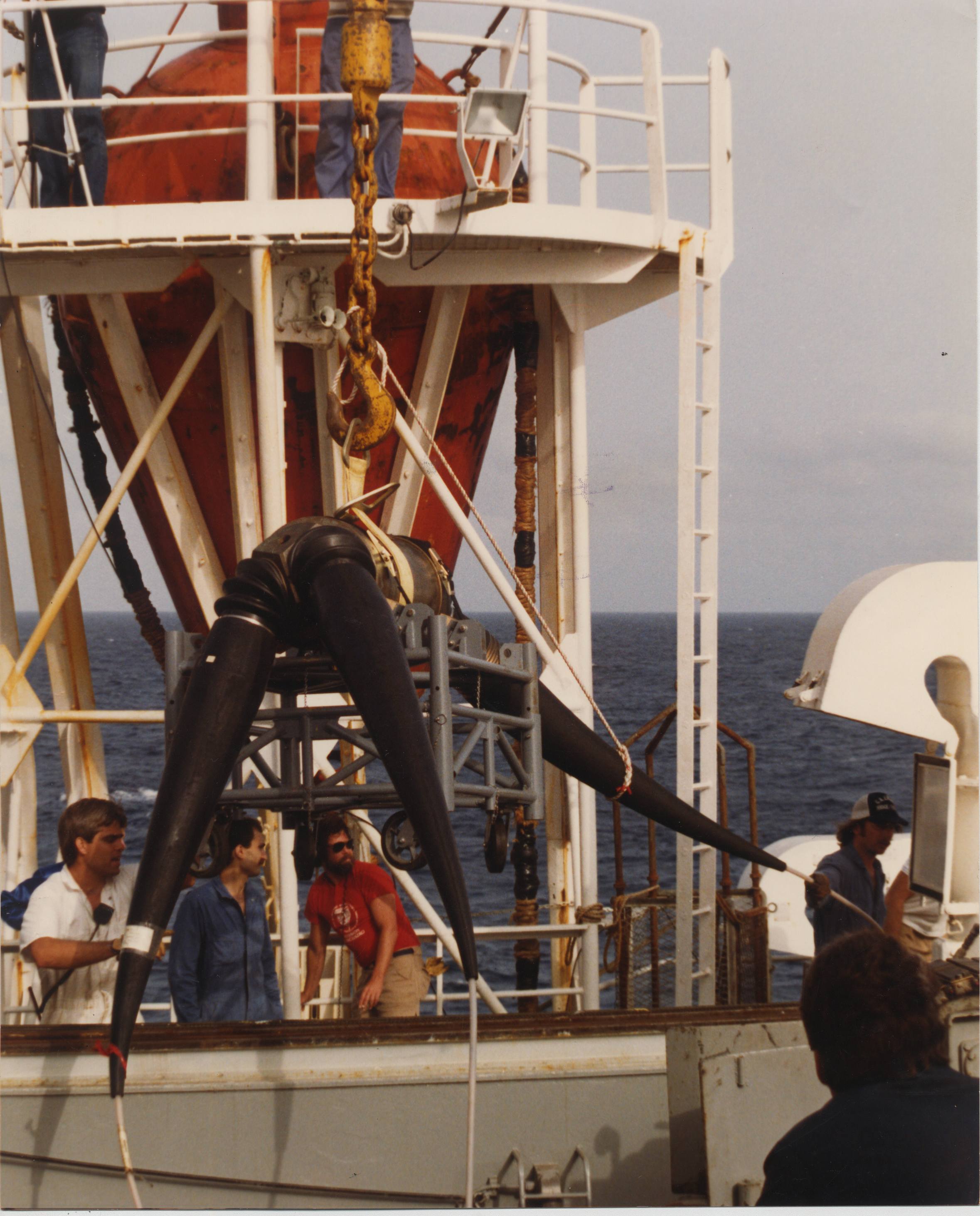
El Teide, at the top of the mountain
02
A new terminal model arrives that will become the benchmark in homes and offices in Spain for a decade: the Teide. A telephone with straight lines, square dialling buttons and typically red, although there were some white ones, which was named after the highest peak in Spain in a nod to the Canary Islands. El Teide was a desktop terminal, but it could also be hung on the wall. "El Teide, a telephone of the future", said the advertisement, and it was true. Already prepared for supplementary services such as three-way calling or redialling - although they did not arrive until a few years later - the Teide was produced in two models, one for domestic use and the other for shops, businesses and offices.
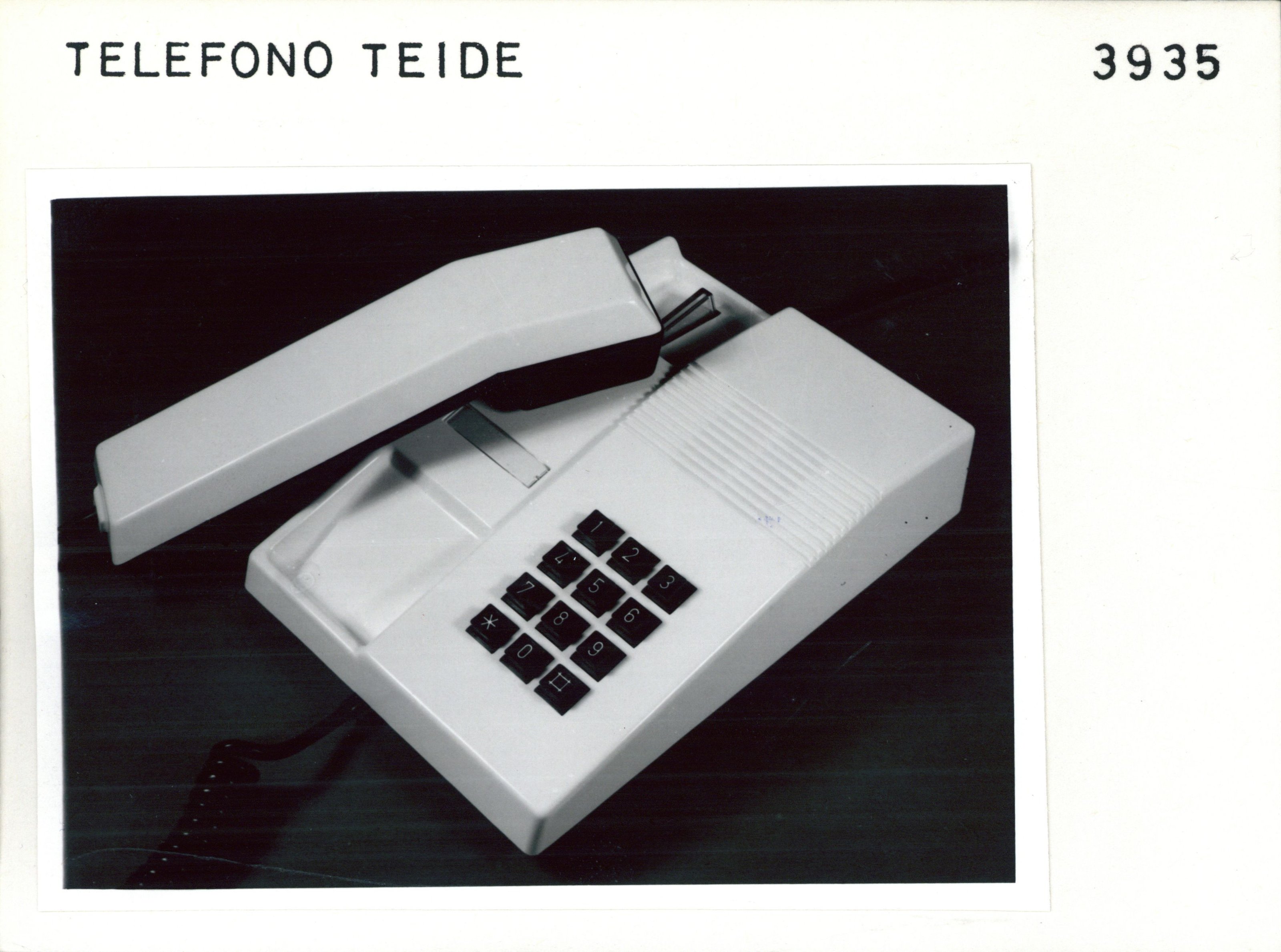
The first dataphone
03
It was precisely on a Teide terminal that the first dataphone or POS (point-of-sale terminal), a Spanish invention implemented by Telefónica, was installed this year. Paying without cash became a reality through our IBERPAC network and a pioneering development by Telefónica I+D to incorporate a credit card reader to the dataphones.
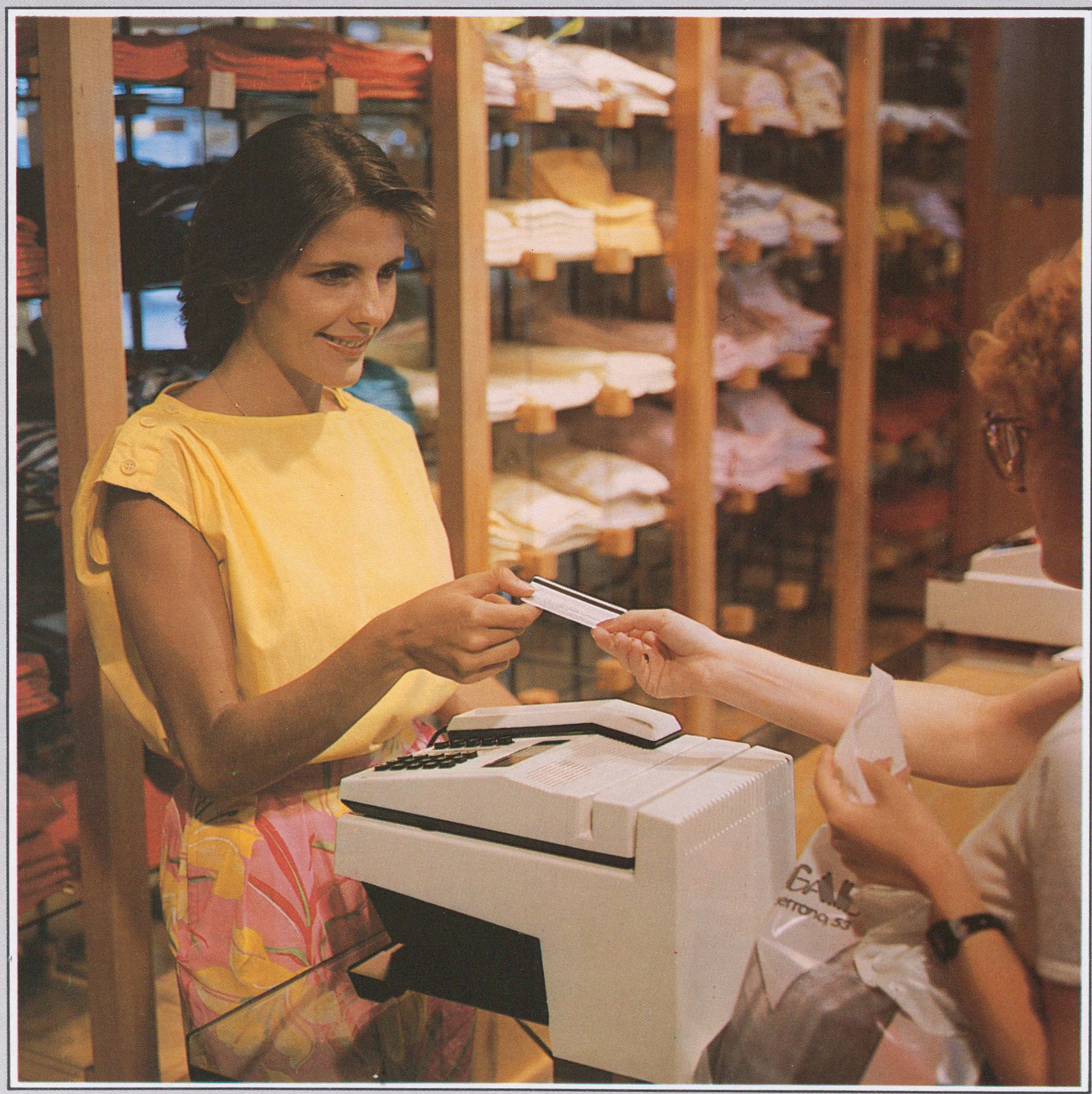
Ibertex el servicio de Telefónica que se adapta a las necesidades de comunicación de cada persona.
You must accept all cookies to see this content
Do you have doubts about what happened?
Ask Aura